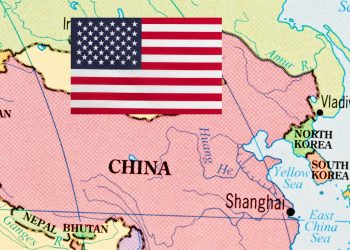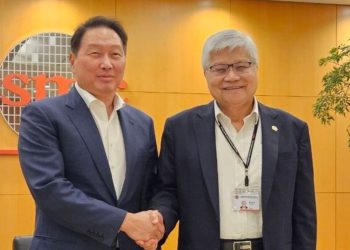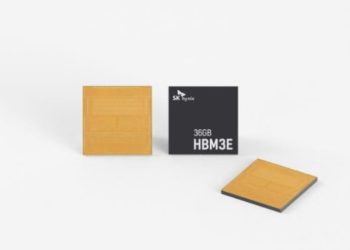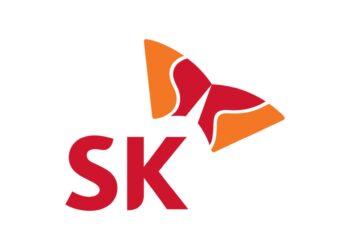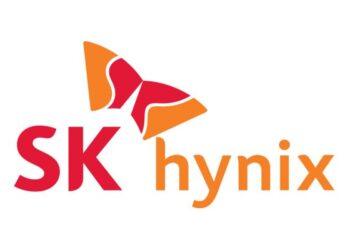SK Hynix, the chip-making arm of SK Group, said that falling memory chip prices and sluggish global demand resulted in its operating profit to plunge 93 percent in the third quarter from the previous year.
In its earnings report for the third quarter, the company listed sales worth 6.83 trillion won ($5.58 billion) and operating profit of 472.6 billion won ($402.73 million), a drop of 40 percent and 93 percent respectively in the same quarter of 2018.
Since the second quarter of 2016, this is the first time the chipmaker reported an operating profit below 500 billion won.
Rising demand for memory chips for corporate servers and data centers gave SK Hynix a boost in sales in semiconductor super-cycle for the past two years.
However, stagnant smartphone sales decreased memory chip demand from global IT companies, and growing uncertainties caused by trade disputes between Korea and Japan and between U.S. and China caused the company to suffer dramatic plunges in 2019.
The company explained that efforts to decrease production costs of memory chips could not offset the price decline leading to profit loss by almost one-tenth.
“The revenue in the third quarter increased by 6 percent quarter-on-quarter as demand began to pick up. However, the operating profit fell by 26 percent quarter-on-quarter as the DRAM unit cost reduction was not enough to offset the price drop,” the company said.
It said that from the previous quarter, its DRAM sales increased by 23 percent, but continued price decline saw the average selling price was decreasing by 16 percent.
The world’s second-largest memory chipmaker focused more on the solid-state drives (SSDs) and high-density mobile markets for the NAND flash memory chips. The sales volume decreased by one percent from the previous quarter, even though the market is showing signs of recovery.
The company said it would decrease its production capacity and investment for both the NAND and DRAM flash memory chips with the expected prolonged sluggish semiconductor demand.
SK Hynix will decrease the production capacity of 2D NAND flash chips and will transform part of its M10 plant in Icheon, Gyeonggi Province, from a DRAM production line to CMOS image sensor production lines.
“As a result, both DRAM and NAND flash capacity will decrease next year compared to this year, and the amount of investment is expected to shrink considerably next year as well,” SK Hynix said.
For future business, the company said that its customer companies lowered their inventory levels improving demand for DRAM. Also, increased demand for high-density NAND chips and decreased chip prices caused the need for NAND flash memory to rise.
The demand for memory chips will keep rising as more countries are planning to launch fifth-generation (5G) networks for mobile phones next year.
SK Hynix will proceed to focus on selling high-density and high-priced products to make a breakthrough.


